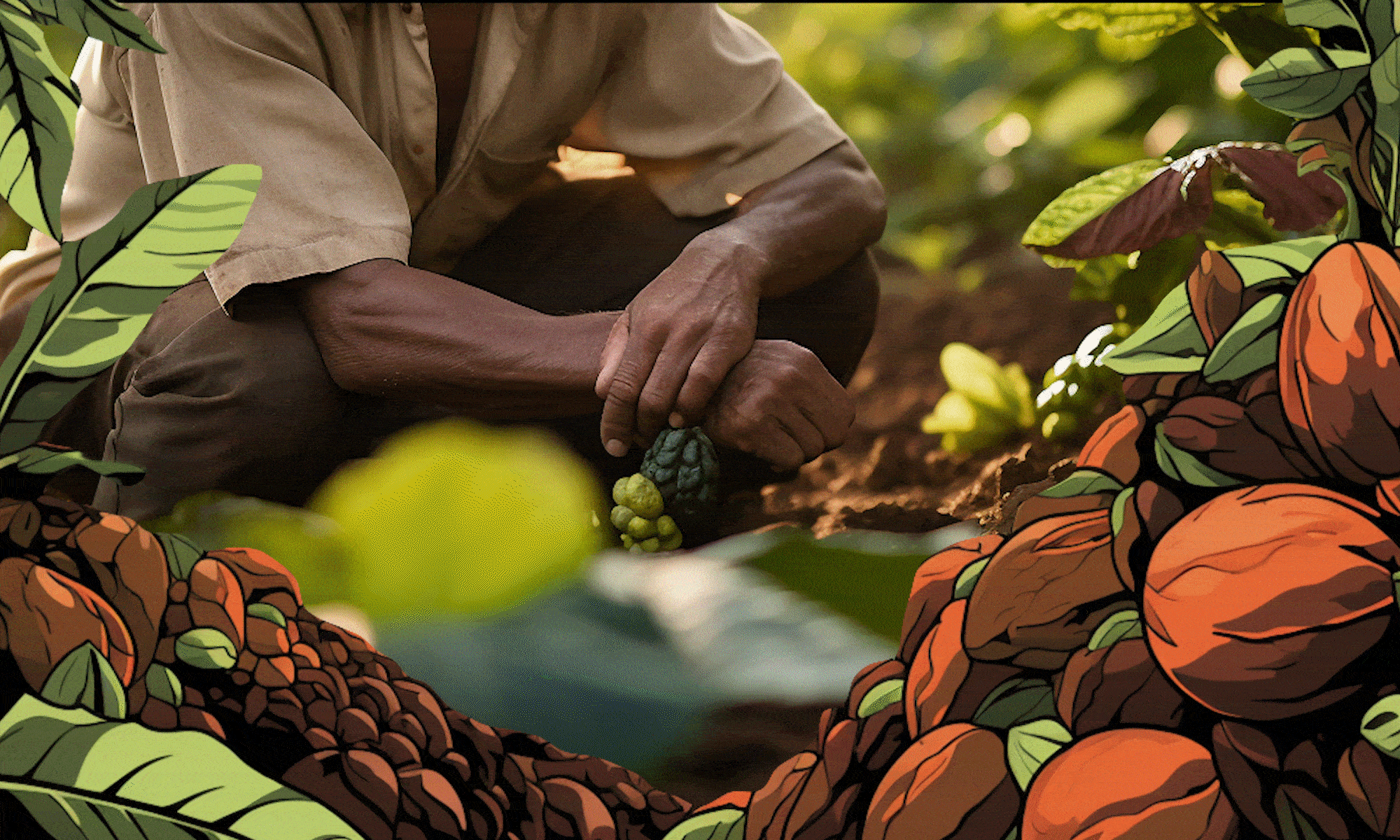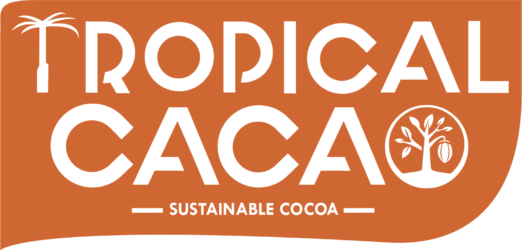Climate change is reshaping agriculture worldwide, and cacao farming is no exception. As temperatures rise and weather patterns become increasingly erratic, the livelihoods of millions of small-scale cacao farmers are under threat. This article explores the effects of climate change on cacao farming and highlights strategies for adaptation and resilience in the industry.
How Climate Change Impacts Cacao Farming
- Temperature Increases
Cacao thrives in a narrow temperature range of 20–30°C. Rising global temperatures threaten this balance, causing:
Reduced Yields: High temperatures stress cacao trees, reducing their productivity.
Quality Declines: Extreme heat affects bean size and flavor, diminishing market value.
- Erratic Rainfall Patterns
Cacao trees depend on consistent rainfall, but climate change is causing:
Prolonged Droughts: Lack of water limits growth and pod development.
Flooding: Excessive rain leads to root rot and fungal infections.
- Pests and Diseases
Warmer, wetter climates create ideal conditions for pests and diseases, including:
Cocoa Pod Borer: A pest that damages cacao pods, reducing yields.
Black Pod Disease: A fungal infection that thrives in humid conditions.
- Soil Degradation
Intensive farming practices combined with climate stressors lead to soil erosion and nutrient loss, further jeopardizing cacao production.
Regions at Risk
Major cacao-growing regions, such as West Africa, Southeast Asia, and South America, face significant challenges:
West Africa: Rising temperatures and inconsistent rainfall are projected to reduce suitable cacao-growing land by up to 40% by 2050.
Southeast Asia: Increased flooding and typhoons threaten cacao plantations.
South America: Deforestation and changing rainfall patterns impact ecosystems critical for cacao cultivation.
Adaptation Strategies for Cacao Farmers
- Agroforestry Systems
Integrating cacao trees with other crops and native vegetation provides shade, regulates temperature, and improves soil health.
Benefits: Reduces vulnerability to heat and enhances biodiversity.
Example: Growing cacao alongside bananas or timber trees.
- Climate-Resilient Cacao Varieties
Research institutions are developing drought- and disease-resistant cacao strains to withstand harsher conditions.
Current Innovations: Hybrid varieties with improved tolerance to extreme weather.
- Water Management Techniques
Adopting efficient irrigation systems and rainwater harvesting helps farmers combat water scarcity.
Examples: Drip irrigation and contour farming to reduce runoff.
- Pest and Disease Management
Using integrated pest management (IPM) strategies, such as biological control and resistant plant varieties, minimizes crop losses.
- Diversification of Crops
Growing additional crops alongside cacao can provide farmers with alternative income sources and reduce dependency on cacao alone.
The Role of Stakeholders in Mitigating Climate Impact
- Governments
Governments in cacao-producing countries can support farmers by:
Investing in Research: Developing climate-resilient farming practices and technologies.
Providing Financial Aid: Offering subsidies or insurance to help farmers recover from climate-related losses.
- Private Sector
Chocolate companies and supply chain partners can play a crucial role by:
Funding Adaptation Programs: Supporting agroforestry projects and training initiatives.
Promoting Transparency: Ensuring fair compensation for farmers to encourage sustainable practices.
- Non-Governmental Organizations (NGOs)
NGOs can assist by:
Facilitating Education: Training farmers in climate-smart agriculture.
Advocating for Policy Change: Pushing for policies that prioritize sustainability and farmer welfare.
How Tropical Cacao Is Tackling Climate Change
At Tropical Cacao, we recognize the urgent need to address climate change’s impact on cacao farming. Our initiatives include:
Agroforestry Projects: Partnering with farmers to plant shade trees and enhance biodiversity.
Climate Education: Training farmers to adopt sustainable practices and adapt to changing conditions.
Resilient Farming: Supporting research into drought-tolerant and pest-resistant cacao varieties.
We are committed to building a sustainable future for cacao farming, ensuring both environmental and economic resilience.
How You Can Support Climate-Resilient Cacao Farming
As a consumer, you have the power to support cacao farmers in their fight against climate change. Here’s how:
- Choose Ethical Chocolate: Support brands that invest in sustainable cacao sourcing.
- Stay Informed: Learn about the environmental impact of your chocolate choices.
- Advocate for Change: Demand transparency and sustainability from chocolate producers.
Conclusion
Climate change poses significant challenges to cacao farming, threatening the livelihoods of millions and the future of chocolate production. However, through innovation, education, and collaboration, the industry can adapt to these changes and ensure a sustainable future.
At Tropical Cacao, we’re proud to be part of this effort. Visit Tropical Cacao to learn more about our climate-smart initiatives and how you can help support farmers and the planet.

